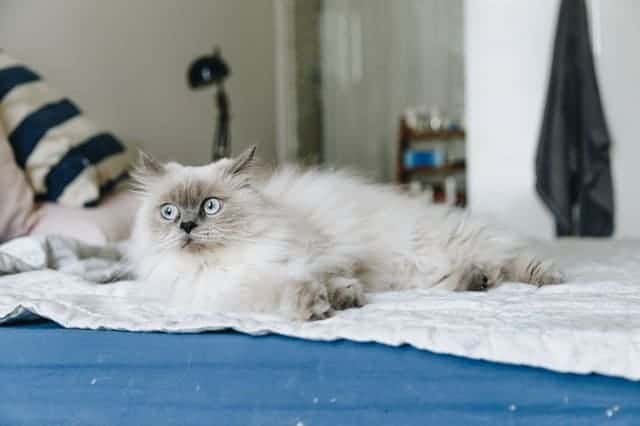
Do you know what hyperglycemia is caused by in cats? Here is a short guide to know everything you need to know!
A healthy and balanced diet is essential for the health of our pet. Sometimes, however, it is not enough, especially if due to a pathology the cat cannot absorb a certain substance, and vice versa. For example, hyperglycemia in cats indicates that the value of sugars in your body is not ideal. Let’s see more about it.
What is hyperglycemia in cats
Hyperglycemia indicates a pathological condition characterized by the excessive presence of glucose in the cat’s blood. As we know, glucose is a carbohydrate sugar, and it is one of the energy sources of the feline’s organism. When its presence in the blood is excessive, a potentially lethal situation arises.
Glucose is closely related to the role played by insulin. As you know, it is a substance that is produced by the pancreas, and, among other things, regulates the level of sugars present in the blood. Well, hyperglycemia manifests itself in the hypothesis in which the pancreas begins to produce an insufficient level of insulin.
The causes
The causes that give rise to hyperglycemia in cats can be different, although they lead to the same effect, namely the increase in blood sugar. One of the causes may be an unbalanced diet that is not suited to its nature.
Very often the importance of meals is underestimated, but errors in the cat’s nutrition can create very serious damage, creating a diet that leads the cat to take too much sugar, to an excessive extent compared to what it needs. Another cause may be feline pancreatitis.
Pathology affects the organ of the animal, leading to the malfunction described in the previous paragraph, namely the inability to produce enough insulin. Pancreatic cancer can obviously also give the same effect.
Also of note are possible infections that can cause an excessive increase in sugar in the cat’s blood. Even stress could be the basis of the disorder: in this case it is a temporary condition, as long as it must be treated carefully.
Symptoms
The symptoms that indicate hyperglycemia in the cat can be very different, and vary depending on the specific situation in which the animal finds itself. It is not easy to immediately identify which pathology it is, both because the symptoms do not all occur at the same time, and because, individually considered, they can be an indication of various pathologies.
One of the most common symptoms is increased thirst: the cat drinks a lot, and despite this in severe cases it can present signs of dehydration. Another very common symptom is the increase in the number of urinations: the cat pees a lot, and it could depend on hyperglycemia.
Other symptoms, on the other hand, concern the stimulus of hunger, and can manifest themselves in completely opposite ways. The cat may always be hungry; in this case, if the ailment is not treated immediately, it can lead to obesity the feline. On the contrary, the cat may lose weight abnormally.
Attention also to the eyes, which if they have abnormalities may indicate the presence of hyperglycemia in the cat.
Diagnosis and remedies

As seen, since the symptoms can also be very different from each other, it is not easy to diagnose hyperglycemia in the cat. In this case it is always essential to promptly rely on your veterinarian, who will proceed to the diagnosis of the disease through blood and urine tests.
Also with regard to the treatment to be followed, once hyperglycemia has been identified in the cat, it is not easy to determine a priori. The underlying causes of the condition may be different, and each of them will require a different therapeutic treatment.






